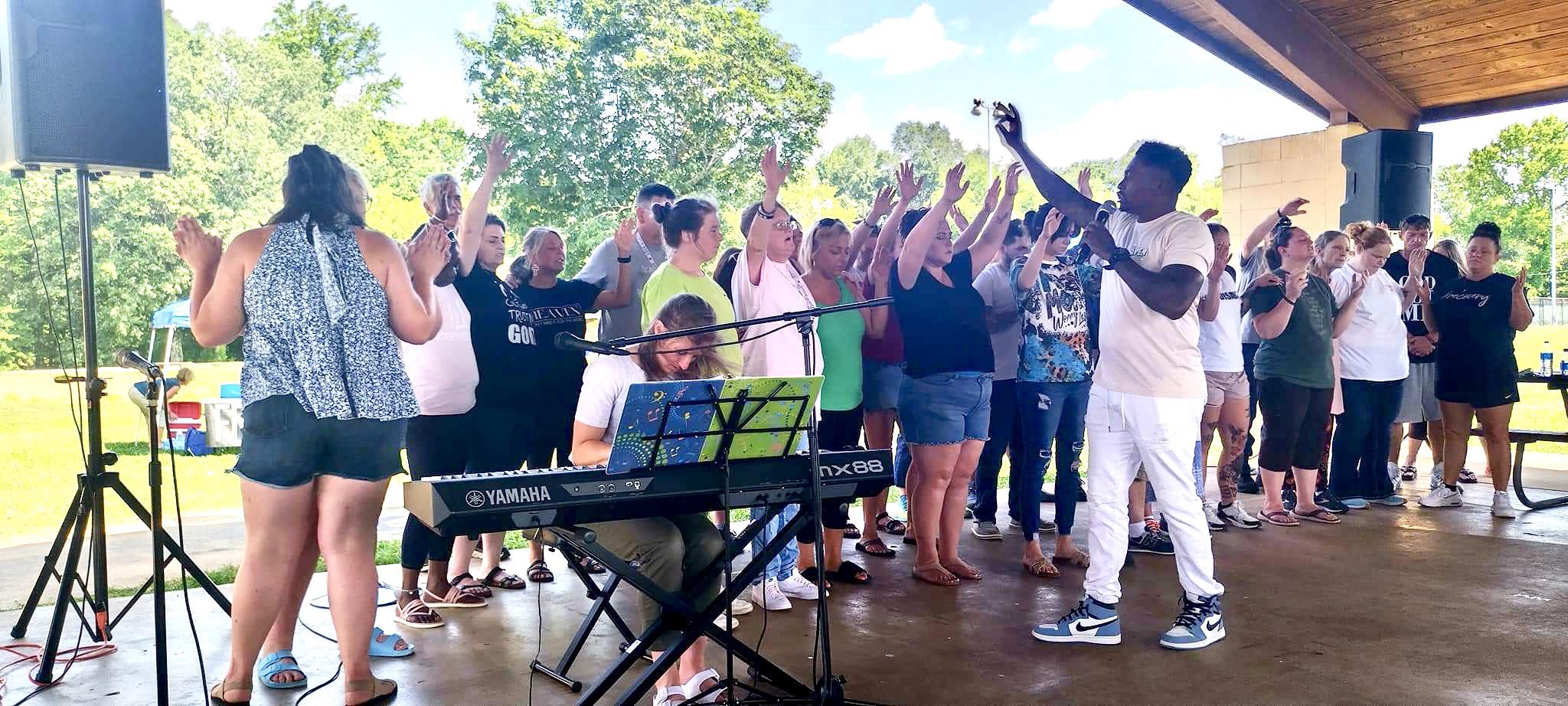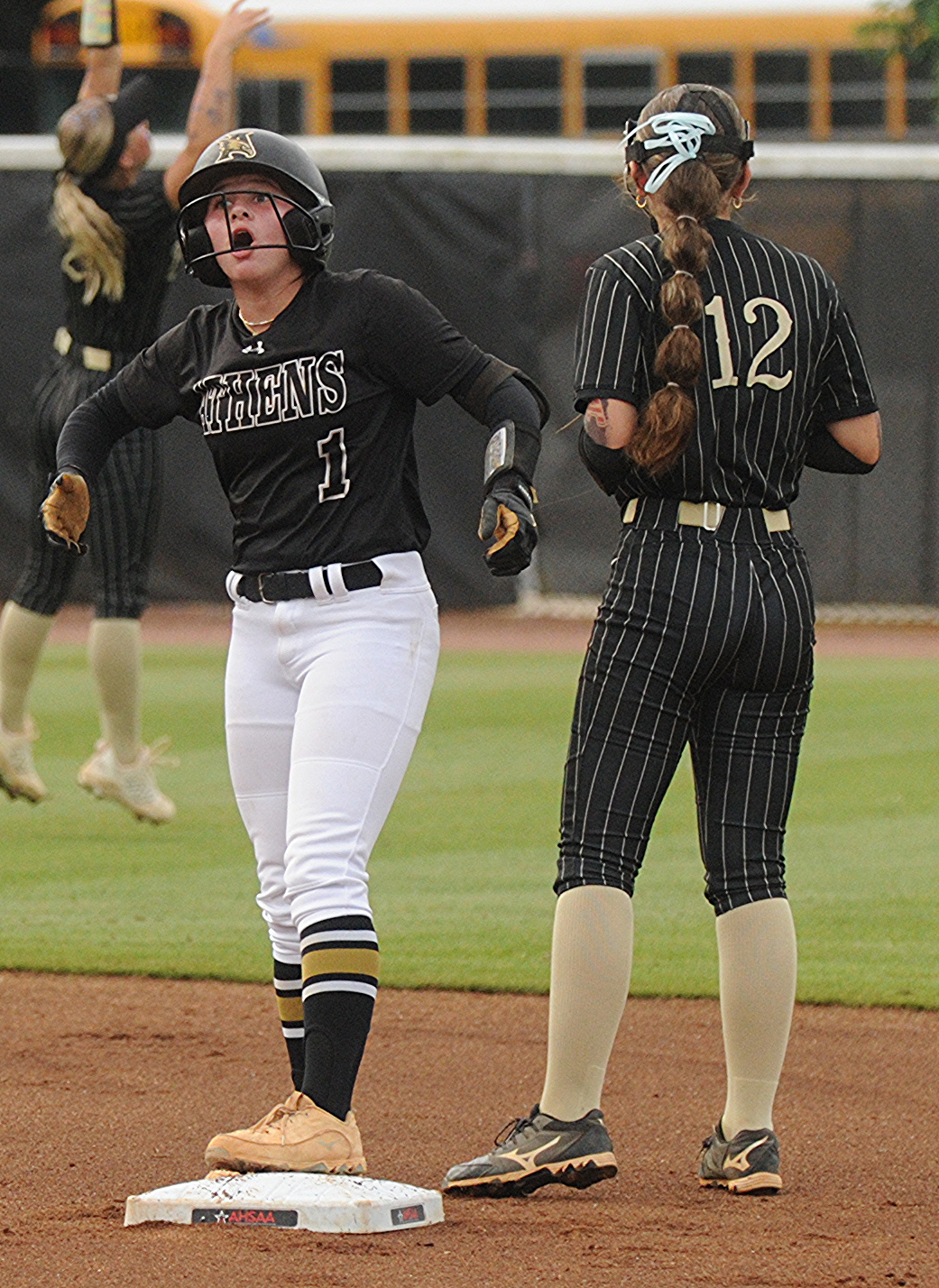Go or no-go?: MedFlight pilot talks conditions for flight
Published 6:30 am Sunday, November 1, 2015
An untold number of lives have been saved by the ability to ferry critically injured or ill patients to hospitals via helicopter.
Huntsville MedFlight is the regional agency called on by first-responders for a variety of critical emergencies, including severe burns, car crashes and serious falls.
There are certain instances, however, in which MedFlight pilots cannot fly because it would put the crew and patient at further risk. For example, The News Courier recently posted a story about a serious vehicle crash in western Limestone County. First-responders on the scene requested air transport for a patient, but MedFlight could not respond because of poor weather conditions. This prompted a comment on Facebook asking why a helicopter could not fly on a rainy, foggy day.
The News Courier reached out to a pilot with Huntsville MedFlight for clarification on when the service could and could not respond to an emergency. Pilot Mauro Rundini said weather conditions play a pivotal role for the service and its response.
He explained cloud ceiling and visibility are two factors pilots must consider before taking to the skies. The ceiling refers to cloud levels, which can impact visibility.
“We normally have pretty good weather conditions in Huntsville and can fly most of the year,” he said, adding last Monday and Tuesday were poor flight days because of Hurricane Patricia’s remnants passing over the region.
Rundini said when MedFlight accepts or declines a flight, it does so based on the entire flight, from initial response to transport to a hospital. The weather may be clear and sunny at an accident site, but if the weather is unfavorable at MedFlight’s base in Meridianville or at the hospital, it is a no-go.
“If we go and land at the scene, but we’re unable to go anywhere, it’s a waste of time for us and the patient,” he said.
Other factors
Rundini said there are several other factors that also play into preparing for a flight, including fuel consumption and weight of the patient. Ideally, he said, the helicopter can fly about two hours on one fueling, but more weight can affect fuel consumption. Rundini said his heaviest patient on a flight weighed about 350 pounds, and he added that’s probably his cut-off weight for air transport.
“It also depends on the crew weight, so we try to stay pretty thin,” he said with a laugh. “Seriously, the patient weight is minuscule compared to the amount of flights we do. We rarely decline because of a patient’s weight; it’s maybe 0.2 percent per year.”
In addition to a pilot, there are always two other people on board — a nurse and a medic.
Wind and rain are also rarely a factor, unless winds reach the 40-mph range, he said.
When asked about drone encounters, Rundini said he has not personally had any experience seeing drones while in the air, but he said it is becoming a growing concern for pilots.
“If you hit one with the blades, it could be devastating,” he said.
Flight preparation and landing
Huntsville MedFlight receives most of its emergency calls from 911 dispatchers, who receive the initial request from responders at the scene of an emergency. Rundini said pilots check weather conditions throughout the day so they are able to tell dispatchers within short order if they will accept the call.
The helicopter is always prepared to fly, he said, so a crew can be in the air within a matter of minutes, following required preflight checks.
Once the helicopter reaches the scene of the emergency, first-responders are generally tasked with guiding the crew to the ground. Pilots are required to be in constant contact with their “eyes on the ground,” Rundini said, and need to know the location of power lines, trees or any other obstacles that would impede landing.
Ideally, he said, the helicopter would be set down in a 100-foot-by-100-foot area, but pilots don’t always have that luxury.
MedFlight regularly trains area first-responders on what Rundini called “LZ” training, short for “landing zone.” He said classes are held annually or whenever fire and police departments, rescue squads or ambulance services hire new team members.
“We have certain requirements we want them to respect and to make sure (the landing zone) is free of obstacles,” he said.
About MedFlight’s operations
Huntsville MedFlight is a subsidiary agency of Englewood, Colorado-based Air Methods. The parent company, established in 1980, operates 300 bases serving 48 states. The company also operates eight U.S. maintenance centers and a national communications center.
Rundini is one of four pilots at the Meridianville base, located at Huntsville Executive Airport. He and another pilot each work a 12-hour daily shift for one week, and are then off the next week while two other pilots work.
“It’s a wonderful schedule once you get used to it,” he said.
About Rundini
Given his name, it may come as no surprise that Rundini isn’t a local guy. He was born in Sardinia, Italy, which is the second-largest island in the Mediterranean Ocean. He served in the Italian Navy, and received his wings in 1992.
Rundini first came to America while training with the U.S. Navy in Pensacola, Florida. He left the military and moved to the Huntsville area in 2005 after his wife accepted a job with the U.S. Corps of Engineers in Huntsville. He became a pilot for MedFlight in 2006.
In 2013, the Federal Aviation Administration recognized Rundini with inclusion in the FAA Airmen Certification Database. The database, which appears on the agency’s website at www.faa.gov, names Rundini and other certified pilots who have met or exceeded the high educational, licensing and medical standards established by the FAA.
“It was my childhood dream to be a pilot,” he said. “I was lucky to be able to pursue that. … I love the job.”





